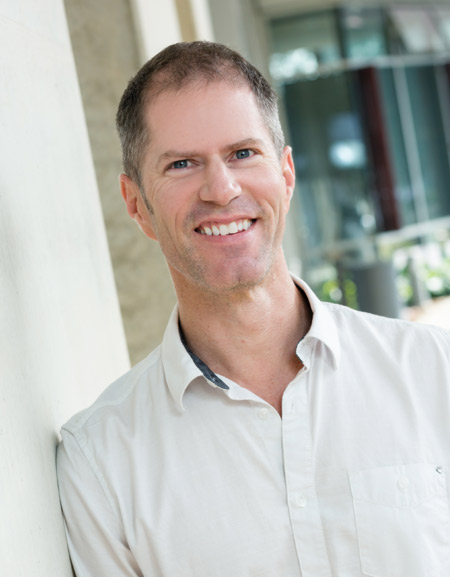Scientists


Assistant Research Scientist, UC San Diego
Where were you born and raised?
The United States.
What is the one piece of advice you would give your younger self?
Never doubt your instincts.
Describe the moment when you knew you had to go into science?
When I decided in 1993 that I wanted to work on a brain computer interface and realized that the computer side was incredibly easy compared to the brain side. The obvious conclusion was that I needed to learn neurobiology.
Describe an aha moment you’ve had in the lab?
I’ve had many aha moments. They don’t come from experiments, they always come from reading vastly diverse literature and seeing the connections that I’m pretty sure people working in scientific silos don’t see.
What is one significant advance TDLC research has brought to the science of learning? (sic)
One significant advance that TDLC has brought to the science of learning? That is an ill-posed question. There are so many, and it is difficult to choose just one. So I’ll give the answer well-Suited for every ill-posed question: that depends.
What do you hope to accomplish in the next seven years?
I hope to develop clinically-useful methods to measure symptoms of dystonia and to have begun collaborations with neurobiologists investigating theories of the neuroplasticity implicated in the pathogenesis of dystonia.
What is your favorite TDLC value?
I would say boldness. It seems to be a San Diego neuroscience trait.
David Peterson seeks to advance translational developments in movement disorders, particularly learning- and plasticity-related dynamics of the nervous system in Parkinson's disease and dystonia. He earned his PhD in computer science, with a neuroscience emphasis, at Colorado State University.